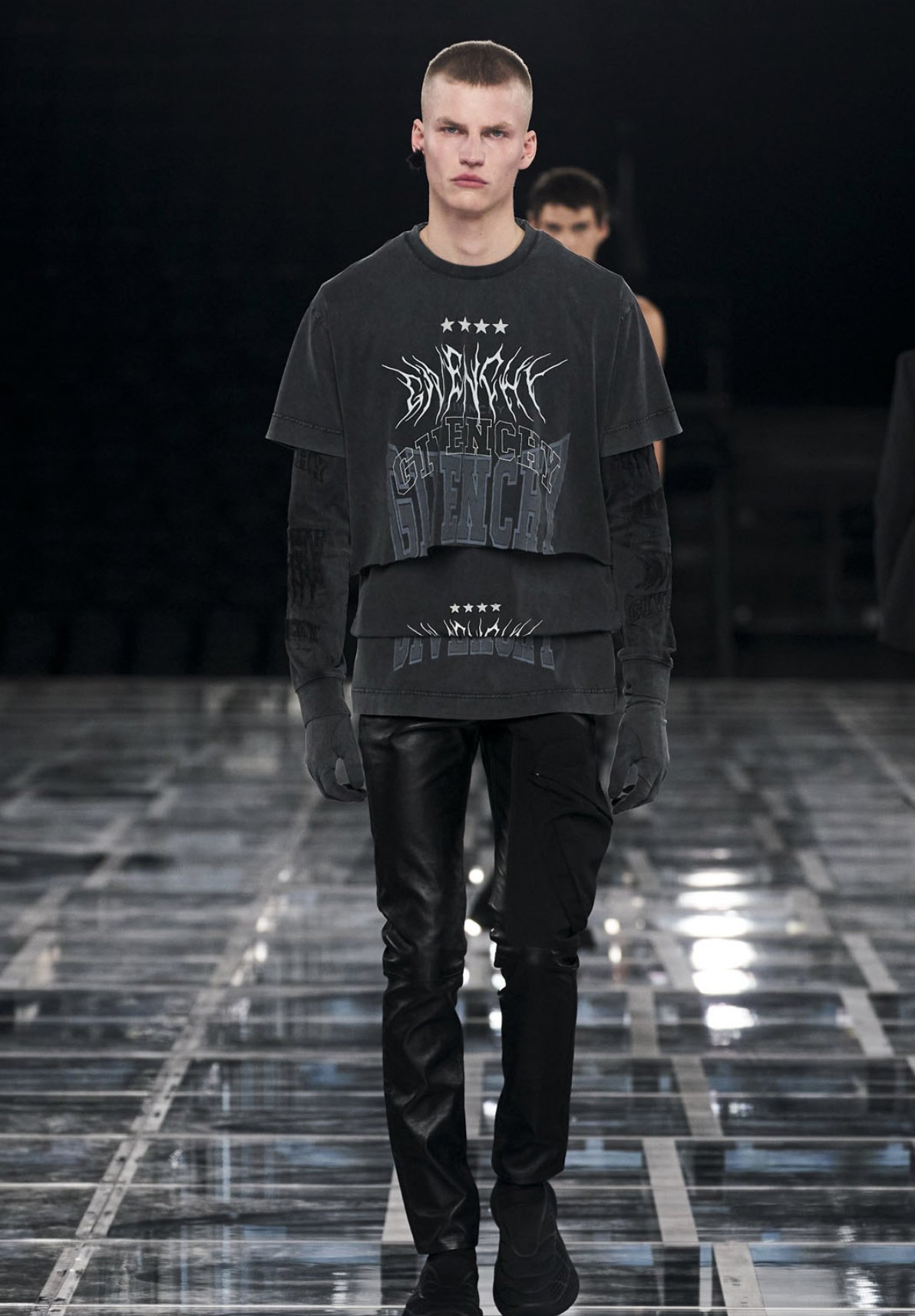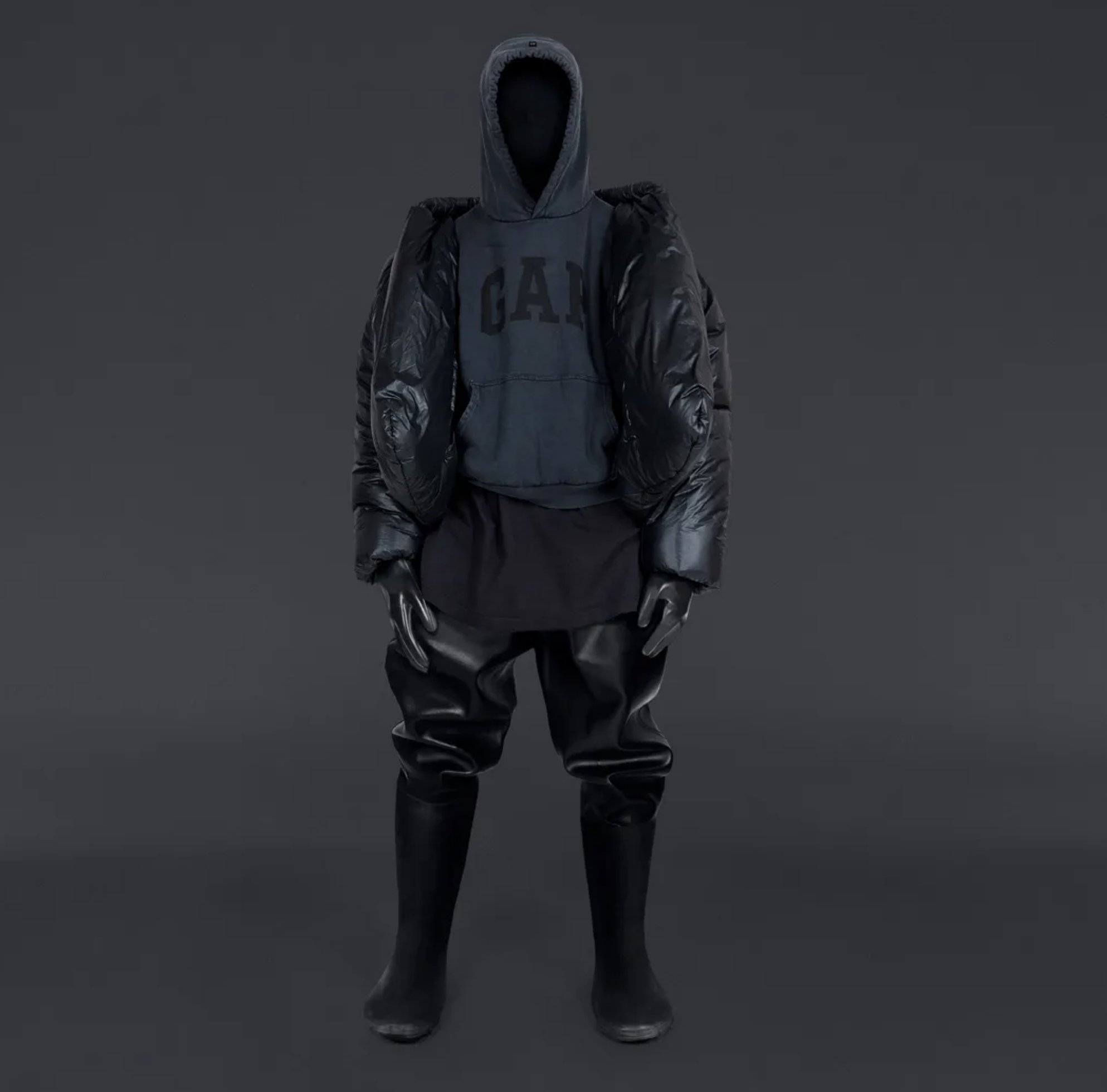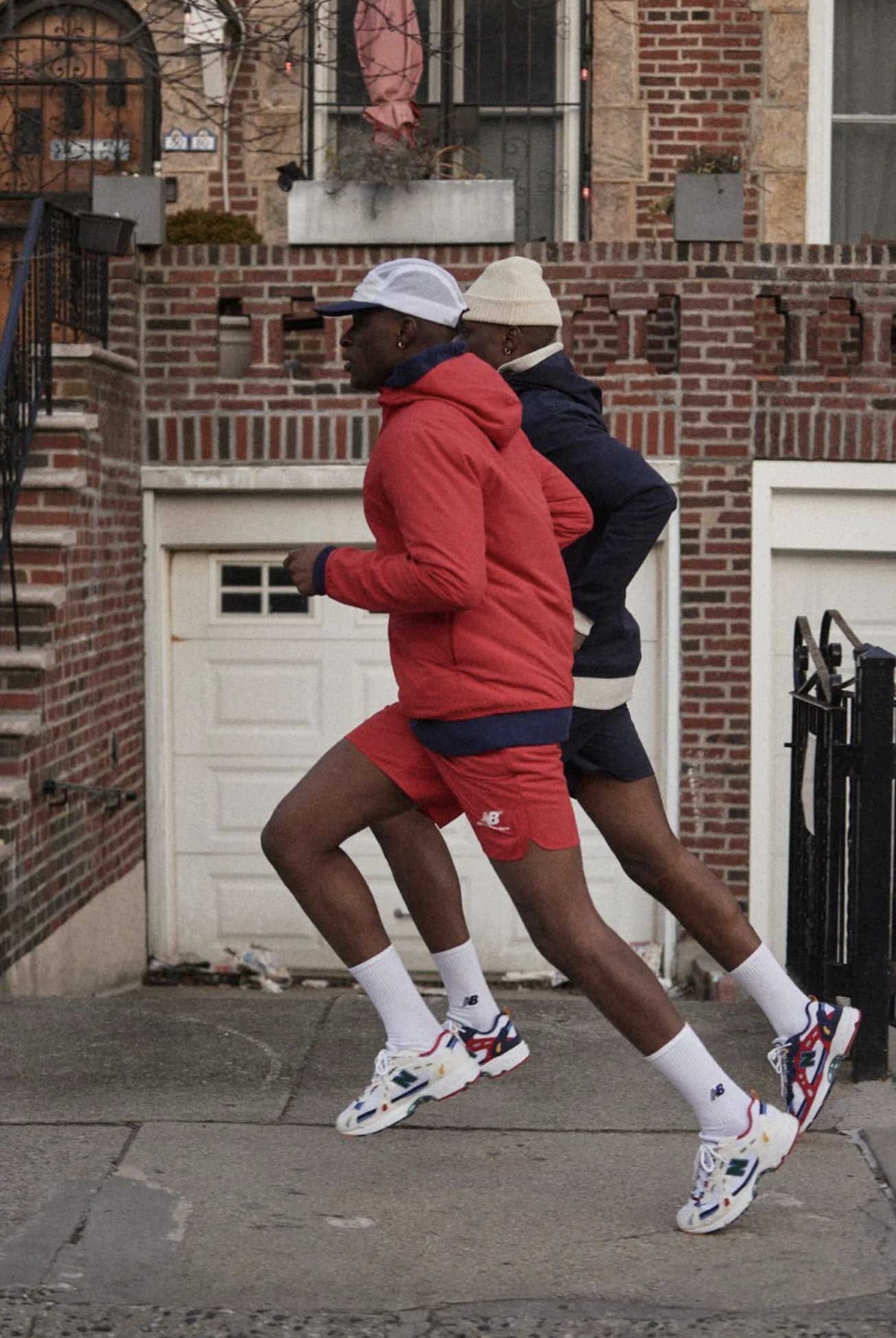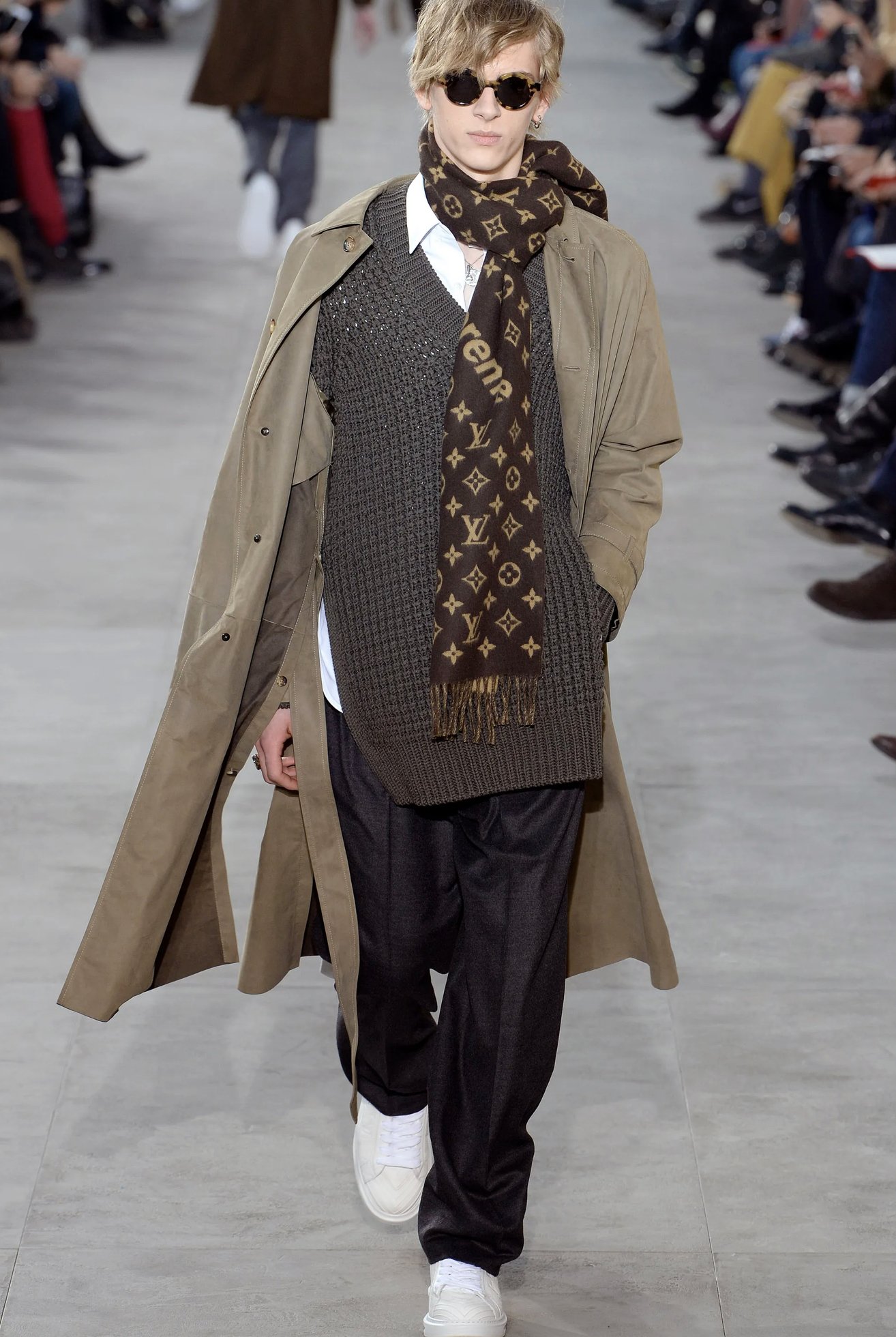The Future of Streetwear
In the last few decades, fast fashion has been the center of discussion when it comes to anything fashion related. A term that finally gave a name to the unmeasured and excessive consumption of clothing as a response to the unnecessary mass production of said goods. Creating a consumption pattern that was never seen before, a market business where cheap clothes were offered in low quality materials introduced every other week. People, and our never ending desire for more kept coming back for more.
As of more recently, another term was reintroduced to mainstream fashion, even though it has been around for some decades it became popular amongst the bigger subcultures; streetwear.
Everyone is familiar with streetwear as it became the new normal everyday, casual look. But if you think about it, what really is streetwear? Does it look the same for everyone?
The textbook definition of streetwear defines it as a fashion genre belonging to a club. music, skateboarding and hip-hop. Today, we can pin the term to youth culture. The original streetwear looks rather different than todays. Back then it was skateboarders today is Balenciaga’s $1,200.00 hoodies.
So how did the line between basics, cheap clothing and luxury suddenly become almost invisible? How did streetwear become synonymous with luxury amongst the young?
Streetwear’s evolution started way back in the 70’s and 80’s when artists like Jean-Michel Basquiat challenged the notions of who could access art and for who it was made. Hiroshi Fujisawa, The Godfather of streetwear, bridged streetwear and high-fashion and was sort of the precursor to today’s influencers. At the same time Shawn Stussy came to the scene, the California surfer and founder of the eponymous streetwear brand Stussy. Setting stage for the establishment of “coolness” as a profitable and lifestyle aesthetic.
Streetwear soon became fashion’s most authentic movement as it wasn’t gatekept or exclusive to a few, a shift that gave power to people to redefine luxury. Speaking up for subcultures that were just that, subcultures. Now they have infiltrated the mainstream and created a huge community, one that makes up over 10 percent of the global fashion industry.
Although, streetwear and its relatableness has evolved, changing lanes into a more elite market but still appealing to the same demographic. Streetwear by Balenciaga, Gucci or Givenchy represent what the people aspire and desire, yesterday it was couture gowns today sweatpants. Streetwear then really became the connecting thread between modern consumer and modern designer.
In this era of internet domination, knowing vs owning is a huge pattern. A great starting point to understanding why luxury houses are chasing down mass market brand creatives. It happened with Aime Leon Dore for New Balance, Jerry Lozano for Adidas, Vigil Abloh for Louis Vuitton and Matthew Williams for Givenchy just to name a few. A move needed to inject relevance and give fashion houses a chance of survival in this rapid changing landscape.



Being relevant is important, obviously, and Balenciaga and Gucci’s hiring of streetwear connoisseurs heavily rely on their streetwear creations to bring in revenue. Even the designers themselves have become icons in the streetwear sphere with personalities like Virgil, Kanye and Denma having acquired cult status and never before seen popularity. Same influence and power that keeps attracting fans to indulge and spend outside of their established economic demographics.
What came out of this arrangement? As surprising and unthinkable as it can be, luxury houses are now directly competing with the likes of Gap, J.Crew, Reebok and New Balance. A change in dynamic where the luxury houses previously would set the trends followed by knock offs.



Every trend is cyclical and eventually dies, even Virgil Abloh who in his 2017 Louis Vuitton men show changed fashions dynamic forever expressed how the trend would soon die; “how many more t-shirts, how many more hoodies can we own”. A statement made after his collaboration with ultimate streetwear brand; Supreme. Making it the first time a luxury brand lent its workplace to a street brand. Marking a before and after as Dior followed with their fast selling Stussy and Jordan brand Air Jordan I High OG Dior sneakers, sneakers soon became the last piece to consolidate streetwear’s mainstream popularity.



Basics became streetwear, then became luxury and a key contributing factor to the killing of the environment. If you look around, streetwear is deeply permeated with fashion houses like Balenciaga oozing streetwear with its puffer jackets, hoodies, distressed t-shirts and ironic pieces.
A trend long lived that could be seeing its end, it won't happen soon but eventually fade away. This season fashion shows stepped away from previous dominating streetwear trends like Y2K fever. Presenting a more “couture” proposition where sustainability, alternative textiles were the main theme. The good news is that the imminent end of streetwear could be replaced by high-end brands like Veja, Nothing New, Heron Preston and Patagonia who are reinventing the way fashion is produced.
The reality is that streetwear and consumption are sort of a cultural agreement that has gotten the world one a chokehold, meaning that either won't be disappearing but let’s remember that we get what we demand. We wanted streetwear and luxury got a new definition. Now let's ask and demand for a fresh, alternative, sustainable behavioral and production pattern where streetwear becomes something we are proud of.




